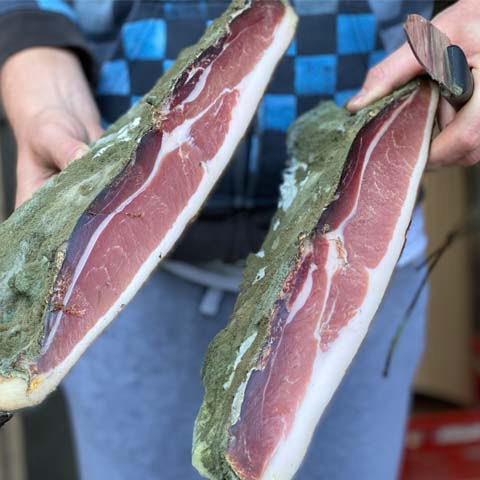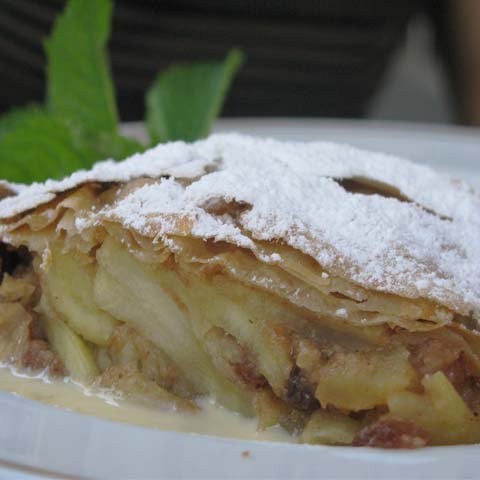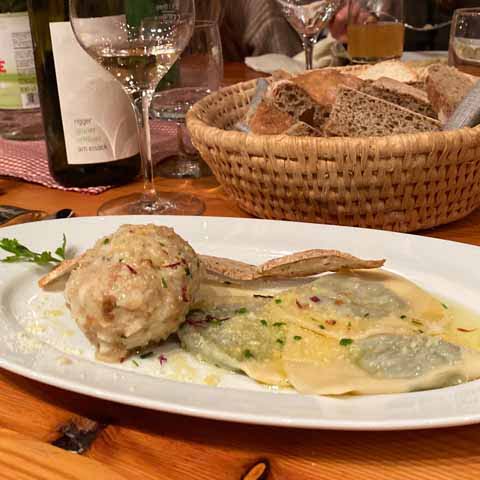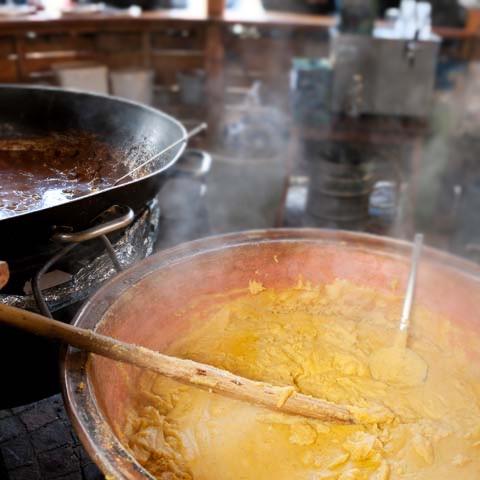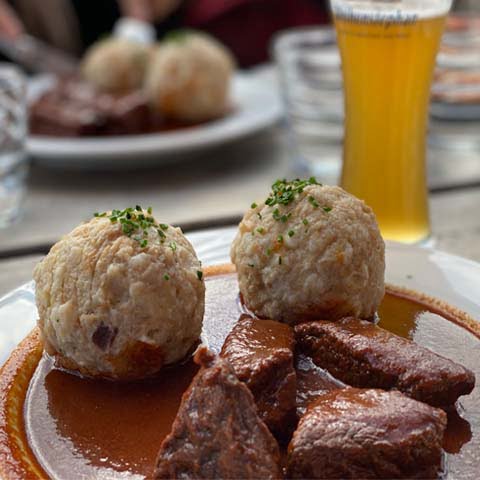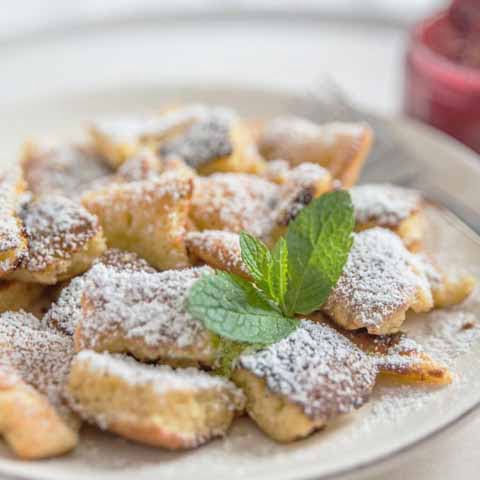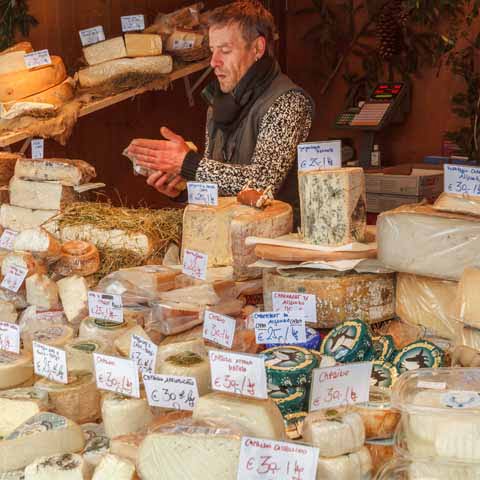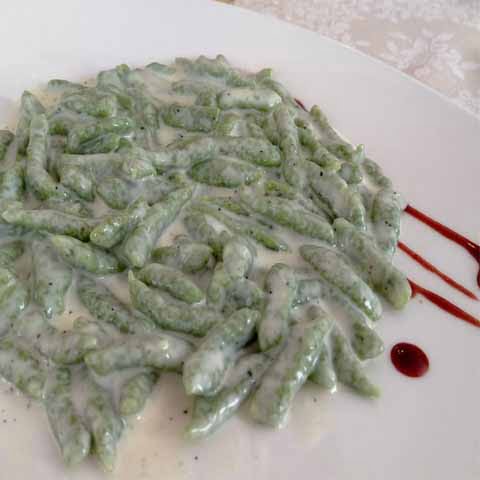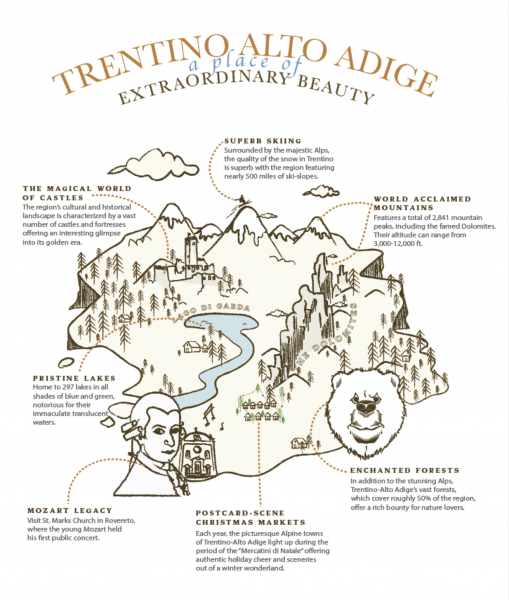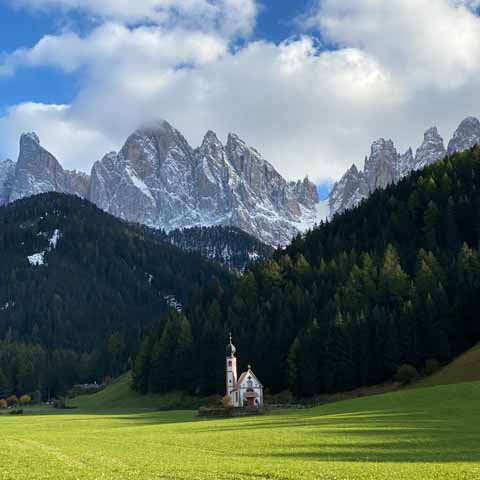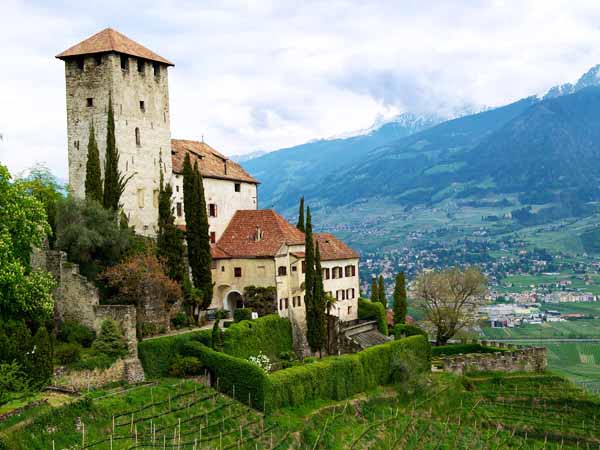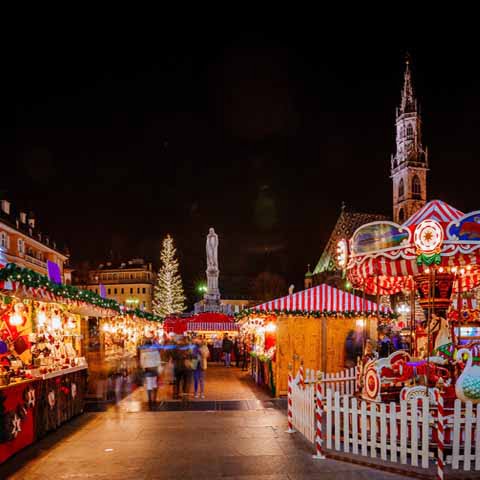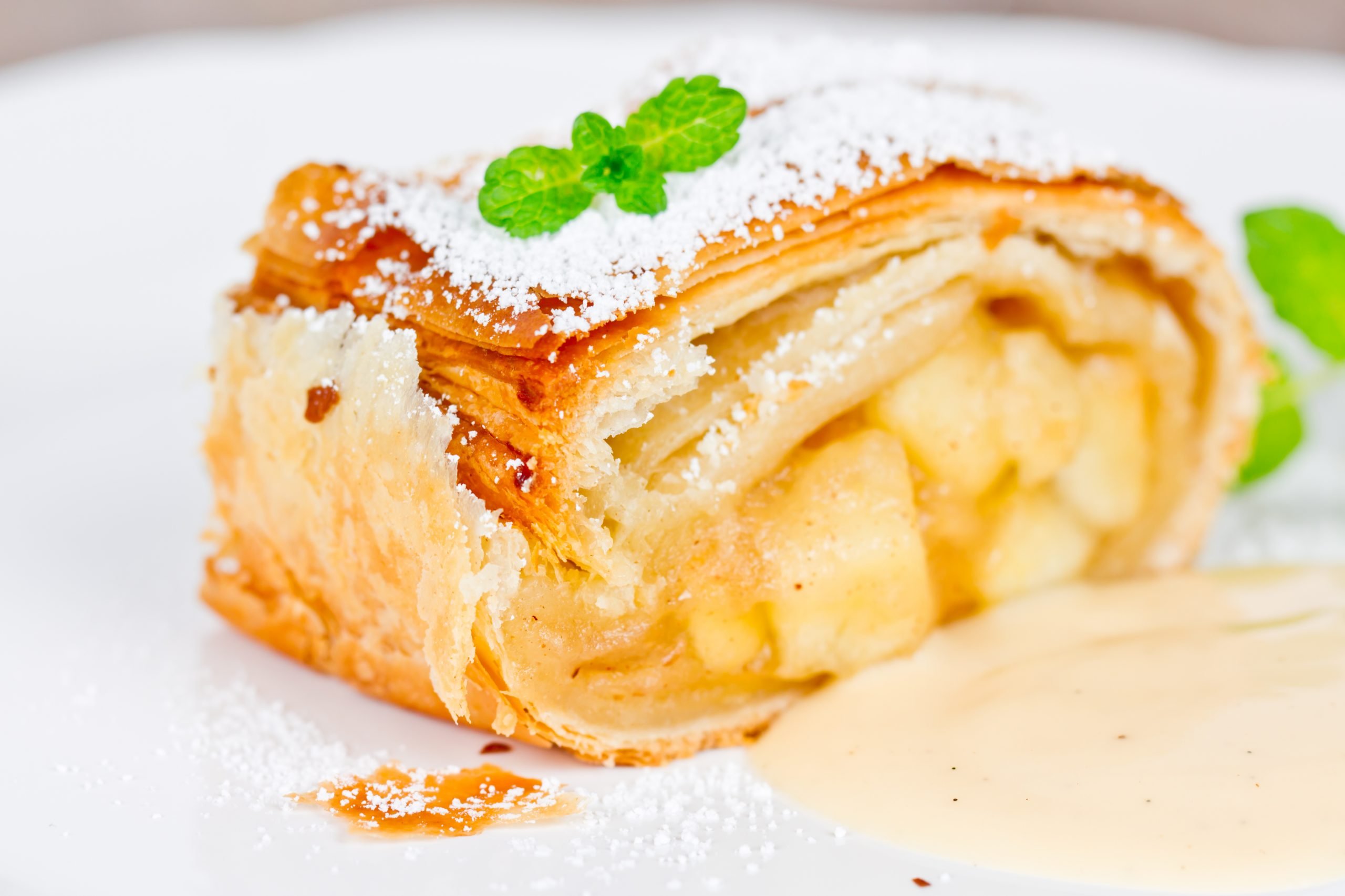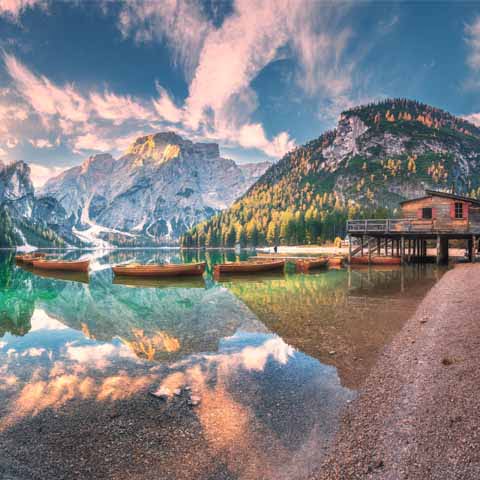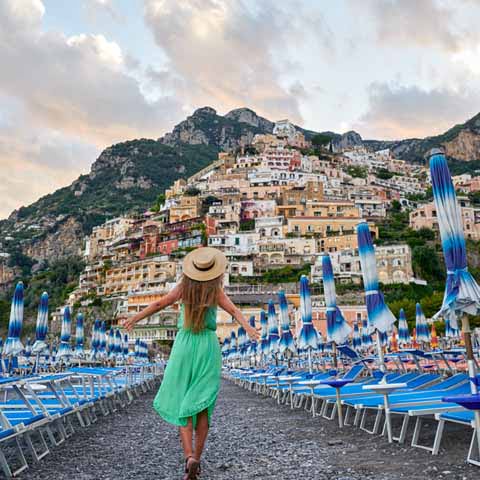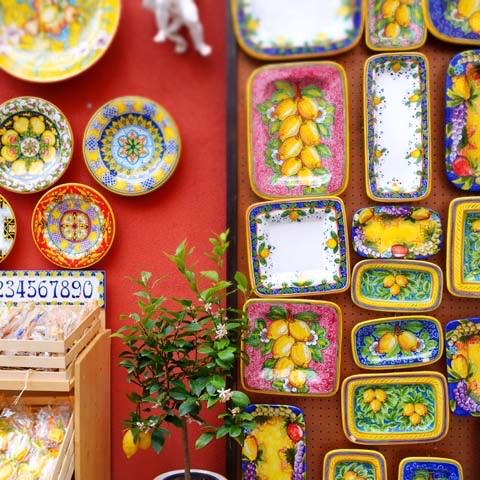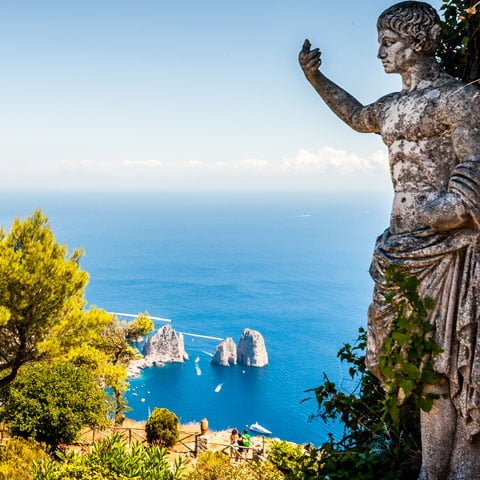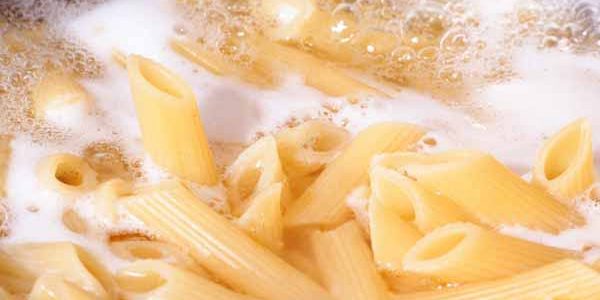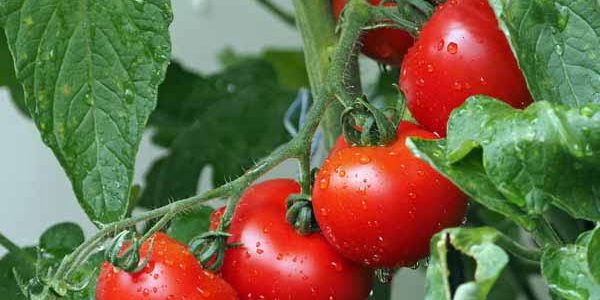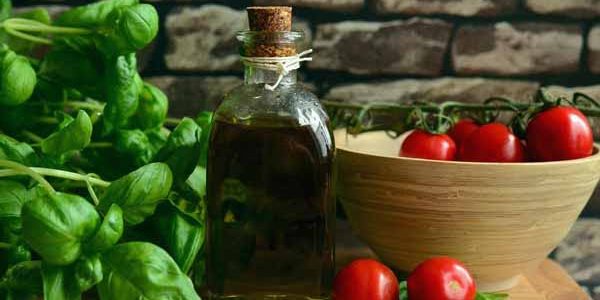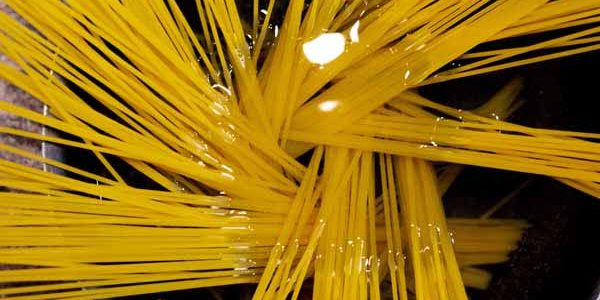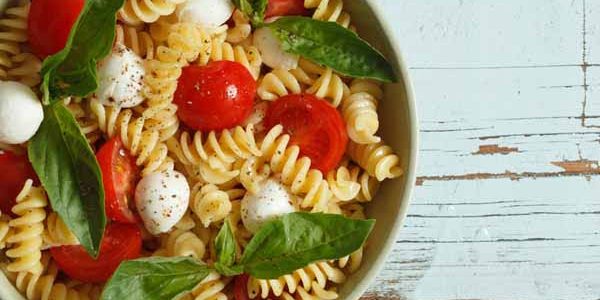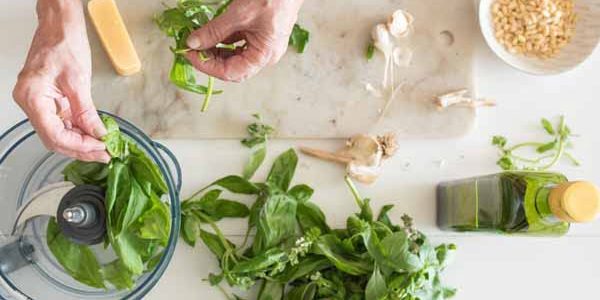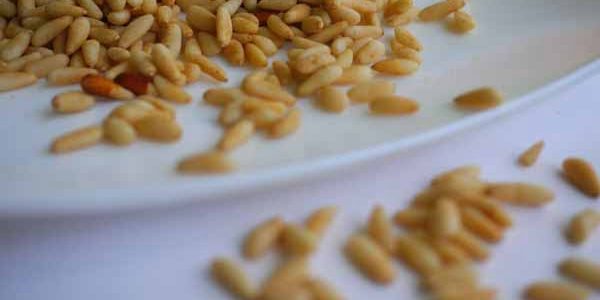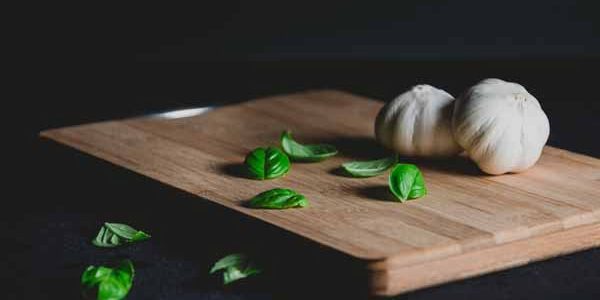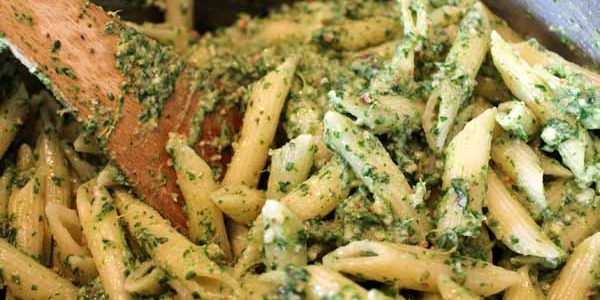A trip to the Amalfi Coast is hardly complete without properly experiencing the charm of its numerous towns.
Positano is one of the most photographed destinations of the Amalfi Coast serving as an emblem of old-world glamour. From the winding city streets to the colorful maiolica dome of the Church of Santa Maria Assunta, the scenery of Positano is postcard perfect and Instagram ready—no filter necessary. Once in Positano, visit historic sites, indulge in authentic restaurants, and shop at local boutiques.
Venture off the typical path and experience the village of Furore. It’s a special paradise of scenic views. Particularly, Fiordo di Furore is an excellent addition to your Amalfi Coast bucket list. This small gorge is surrounded by cliffs with a picturesque bridge that connects the two sides and is suspended above a small pebble beach. You’ll never forget the views as you walk along the cliff-hugging path admiring Furore and the surrounding area from a new perspective.
Of course, Sorrento is full of splendor and allure, too. There seems to be no shortage of pure beauty in the form of architecture, views, beaches—the list goes on. Soak up all the charm of the old town as you visit sights like Piazza Tasso and stop by small shops selling Limoncello, ceramics, and everything in between. For the best seafood, head to Marina Grande, a fishing area whose rustic atmosphere remains intact.
Fancy a swim? Carve out a day to visit the spectacular island of Capri—you won’t regret it. Travel to the island by motorboat and take advantage of the opportunity to swim in the pristine waters of the Tyrrhenian Sea with the iconic limestone sea stacks, called Faraglioni, in the background. From sea caves and beaches to the ruins of Roman villas and exclusive boutiques, Capri is an island that has it all.
To truly pamper yourself in style, you won’t want to miss the island of Ischia. This volcanic island is best known for its relaxing hot springs and romantic landscapes. If you can manage to pull yourself away from the thermal waters for a little sightseeing, the Aragonese Castle is a must. Located on a separate rocky island, this historic fortress floating between sea and sky is connected to Ischia by a stone bridge.
For nature lovers, one of the best ways to explore the Amalfi Coast is traveling on foot along the aptly named Path of the Gods. With unmatchable views of the Amalfi Coast and Capri together with rugged natural greenery and access to scenic villages, this nearly 5-mile trail is the perfect place to make memories that will last a lifetime.
And then there’s the food. From fresh mozzarella to fragrant lemon groves, the cuisine of the Amalfi Coast features the best of the area’s local ingredients. For a hands-on experience, don your apron and participate in a cooking course. If you are content with simply tasting the food, there are plenty of restaurants where you can savor authentic flavors and dine in tranquility.
The Amalfi Coast truly embodies a picture-perfect summer destination. Travelers who have visited this stunning stretch of coast return home with powerful memories that are treasured for years to come. Those who have not been to the Amalfi Coast yet can easily fall in love with this slice of heaven from afar, daydreaming of historic cliffside towns and azure coastal waters. We hope you enjoyed this virtual mini-vacation to the Amalfi Coast, and remember—whenever you’re ready to travel, Trips 2 Italy is here to ensure you have the experience of a lifetime.



